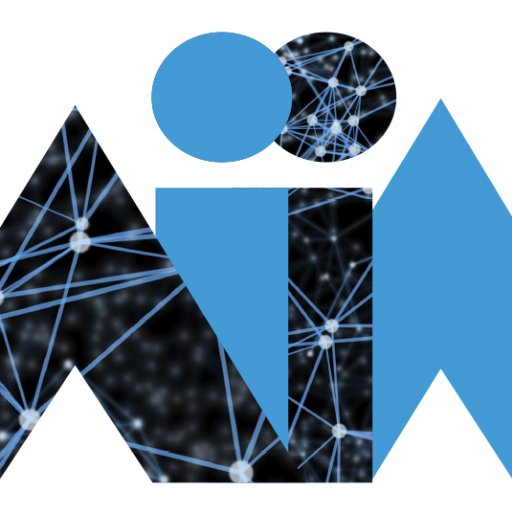Here you can find a consolidated (a.k.a. slowly updated) list of my publications. A frequently updated (and possibly noisy) list of works is available on my Google Scholar profile.
Please find below a short list of highlight publications for my recent activity.

Cafagna, Michele; Mattei, Lorenzo De; Bacciu, Davide; Nissim, Malvina
Suitable doesn’t mean attractive. Human-based evaluation of automatically generated headlines Conference
Proceedings of the 6th Italian Conference on Computational Linguistics (CLiC-it 2019), vol. 2481 , AI*IA series CEUR, 2019.
@conference{clic2019,
title = {Suitable doesn’t mean attractive. Human-based evaluation of automatically generated headlines},
author = {Michele Cafagna and Lorenzo {De Mattei} and Davide Bacciu and Malvina Nissim},
editor = {Raffaella Bernardi and Roberto Navigli and Giovanni Semeraro},
url = {http://ceur-ws.org/Vol-2481/paper13.pdf},
year = {2019},
date = {2019-11-15},
urldate = {2019-11-15},
booktitle = {Proceedings of the 6th Italian Conference on Computational Linguistics (CLiC-it 2019)},
volume = {2481 },
publisher = {CEUR},
series = {AI*IA series},
abstract = {We train three different models to generate newspaper headlines from a portion of the corresponding article. The articles are obtained from two mainstream Italian newspapers. In order to assess the models’ performance, we set up a human-based evaluation where 30 different native speakers expressed their judgment over a variety of aspects. The outcome shows that (i) pointer networks perform better than standard sequence to sequence models, creating mostly correct and appropriate titles; (ii) the suitability of a headline to its article for pointer networks is on par or better than the gold headline; (iii) gold headlines are still by far more inviting than generated headlines to read the whole article, highlighting the contrast between human creativity and content appropriateness.},
keywords = {},
pubstate = {published},
tppubtype = {conference}
}
We train three different models to generate newspaper headlines from a portion of the corresponding article. The articles are obtained from two mainstream Italian newspapers. In order to assess the models’ performance, we set up a human-based evaluation where 30 different native speakers expressed their judgment over a variety of aspects. The outcome shows that (i) pointer networks perform better than standard sequence to sequence models, creating mostly correct and appropriate titles; (ii) the suitability of a headline to its article for pointer networks is on par or better than the gold headline; (iii) gold headlines are still by far more inviting than generated headlines to read the whole article, highlighting the contrast between human creativity and content appropriateness.
